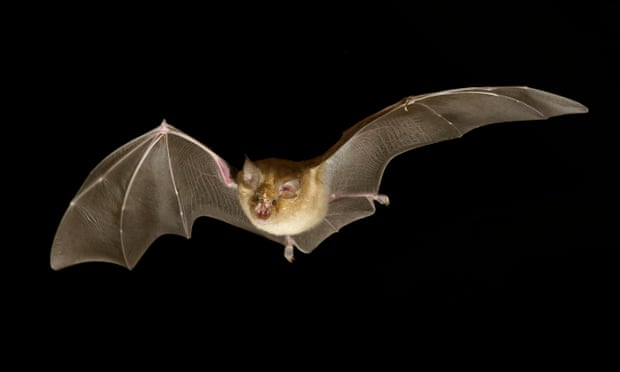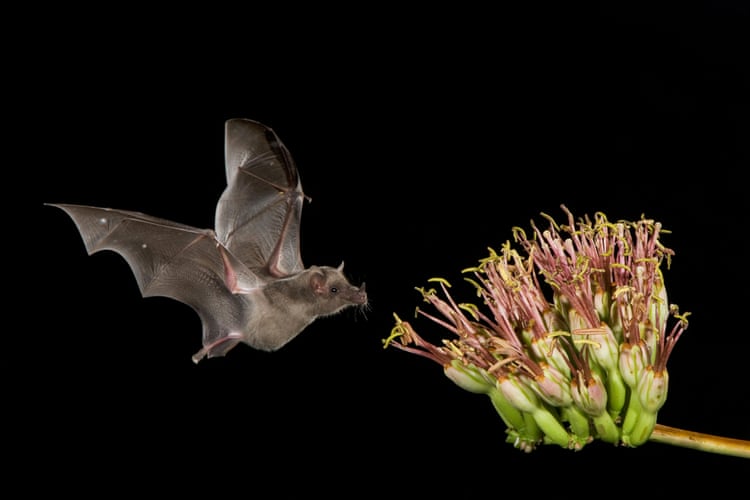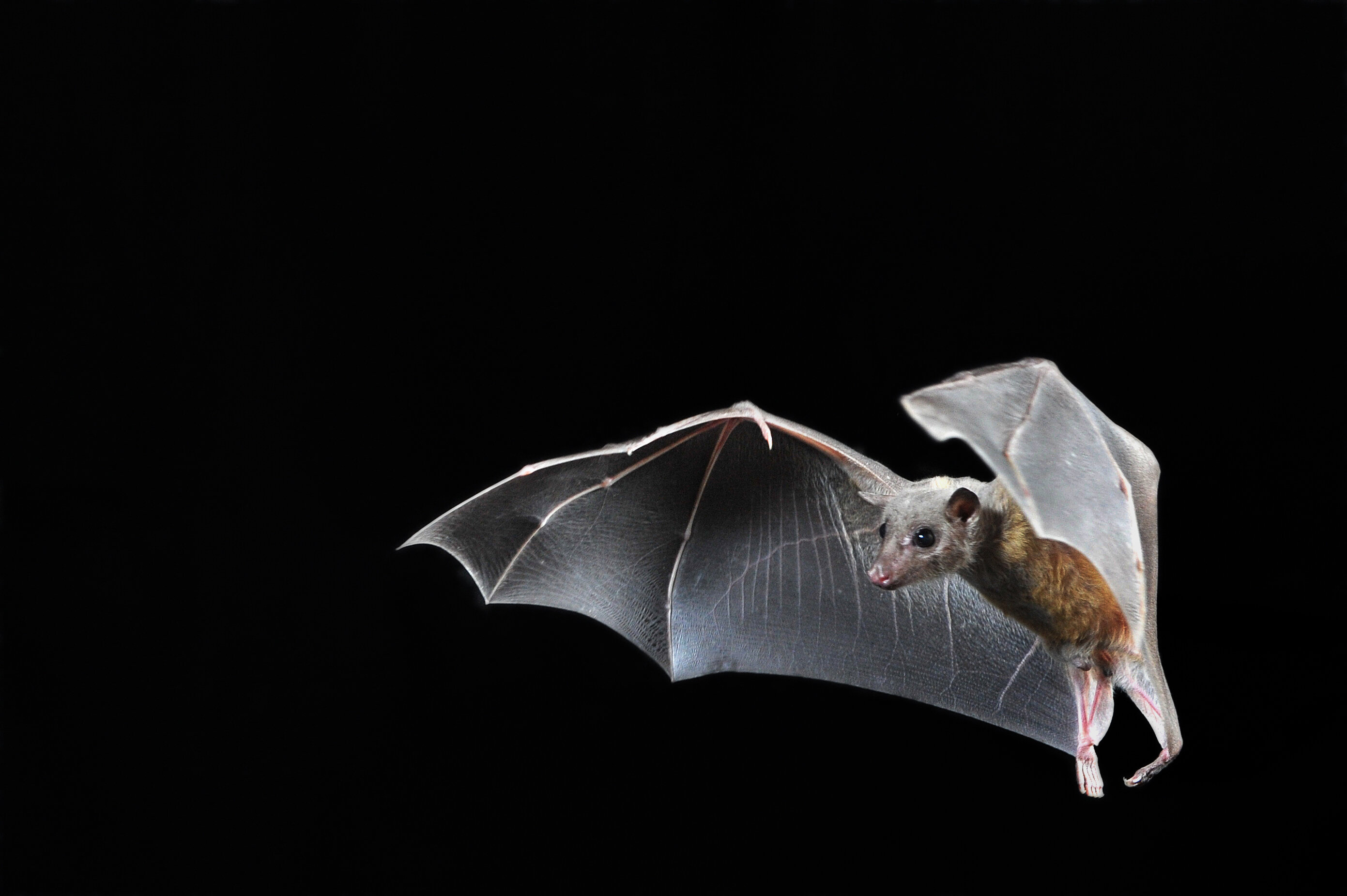Bats fly back to their roosts after a night of hunting in a “leapfrogging” pattern that allows them to maximise their time out and stay safe from predators, researchers have found.
A team from Cardiff University and the University of Sussex developed a mathematical model using “trajectory data” that tracked the flight of greater horseshoe bats in Devon to pinpoint how the creatures engage with the nocturnal environment.
They found that when they leave their roosts, typically caves or loft spaces, the bats initially spread out in a radius of about a mile for the first hour and a half to two hours, before beginning to gradually make their way home.
The furthest bat out never appeared to want to be at the periphery and so leapfrogged past the closest bat on the way back towards the roost, researchers observed.
The lead author Thomas Woolley, a senior lecturer at Cardiff University’s school of mathematics, said the bat furthest out did not appear to want to be in that position. “So you have a cascade of motion of the furthest bat hopping back towards the roost.”
The team’s paper, published in the Bulletin of Mathematical Biology, suggests the furthest-out bat would sense it was a prime target for predators and so start to head back. The next furthest-out bat would do the same – and so on. The paper says a bat would be able to discern it was the one furthest out if it did not detect calls emanating from all directions.
Previously it was thought the “core sustenance zone” (where most foraging occurs) had a 2km (1.25-mile) radius. The team’s model suggests it is actually a little smaller at 1.8km.
The trajectory data was put together by Fiona Mathews, professor of environmental biology at the University of Sussex. She worked with a group of ecologists and volunteers who humanely captured bats and glued small radio transmitters to their backs to monitor their flight patterns.
Mathews said: “Greater horseshoe bats are threatened across Europe. Progress has been made in protecting their roosts, but much less is known about how to conserve their foraging areas because tracking a fast-moving animal in the dark is very challenging: they can easily outpace a car on a country lane.
“Bats tend to clump together in space when they are resting, a phenomenon also found in species such as bees, ants, rooks and penguins. However, to avoid competing with each other, they need to disperse away from this location to feed.
“Being able to model these nightly movements will help us conserve their foraging grounds. In addition, it will help us to understand how they might start to recolonise areas from which they have been lost, such as the south-east of England.”
The paper accepts there are limitations to its work. Bats do not return to the same spot to rest every day, so there is work to be done extending the results to include multiple roost locations. Other bat species may operate in different ways and even the same species can fly differently at certain times of the year.
This article by Steven Morris was first published by The Guardian on 12 January 2024. Lead Image: A team from Cardiff University and the University of Sussex developed a mathematical model using ‘trajectory data’ to track the flight of the greater horseshoe bat. Photograph: Marko Konig/imagebroker/Shutterstock.
What you can do
Help to save wildlife by donating as little as $1 – It only takes a minute.







Leave a Reply